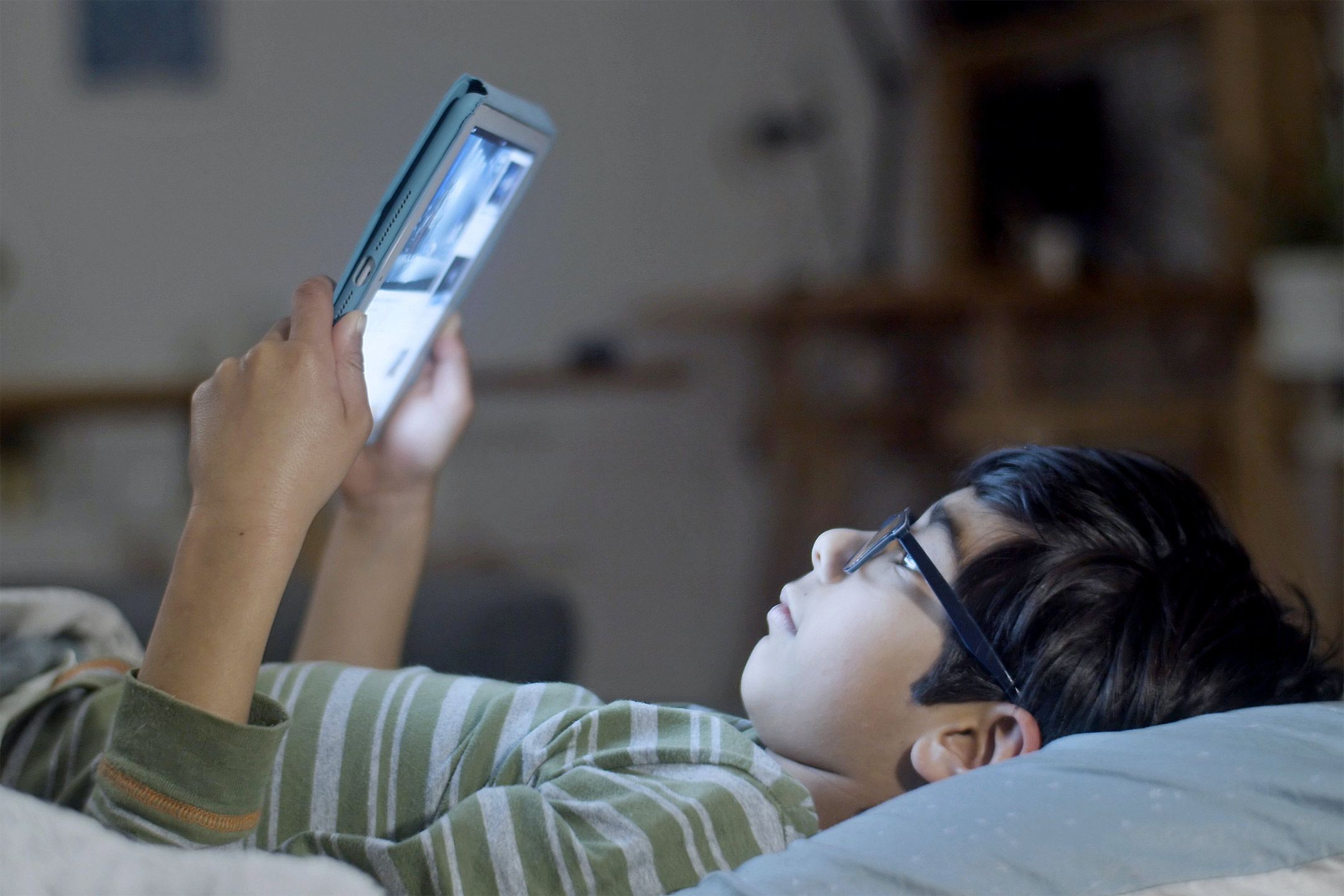
26 Jan The indirect impact of the pandemic is taking a significant toll on children
Researchers have warned that children and adolescents must not be left behind in Australia’s COVID-19 recovery plans given the negative indirect impacts of the pandemic on this age group detailed in a new brief and research review by the Murdoch Children’s Research Institute.
Research at a Glance:
- The research has outlined the significant toll of the pandemic on children’s mental well-being, academic results and physical health. But it noted long-term negative impacts could be avoided if children’s needs were targeted in policy responses as the country emerged from the pandemic
- The literature review had also found the adverse impacts of the COVID-19 pandemic on children were either repeated or extended from previous pandemics, epidemics and natural disasters and were exacerbated by a lack of health services to meet demand and family pressures
- The research supports addressing financial instability through parent financial supplements, more investment in children’s health and wellbeing at school, rethinking healthcare delivery, focusing on early intervention for mental health and using digital solutions to improve service access
The review, led by the Centre for Community Child Health at Murdoch Children’s Research Institute (MCRI) and published in the Medical Journal of Australia, also explored the findings from previous pandemics, epidemics and natural disasters. The review found the adverse impacts of the COVID-19 pandemic on children were either repeated or extended from previous large-scale outbreaks of infectious disease and were exacerbated by a lack of health services to meet demand and family pressures.
Murdoch Children’s Professor Sharon Goldfeld said children were facing a “generation-defining disruption” with public health restrictions to mitigate COVID-19 infection such as virtual learning, social distancing, increased screen time, reduced access to healthcare, no structured sport and less outside play, to have both immediate and longer term impacts.
Professor Goldfeld said interventions aimed at improving the mental health and resilience of parents were likely to improve a child’s ability to cope as both were intertwined.
In Australia, mental health symptoms increased significantly for children who experienced a second lockdown. A Royal Children’s Hospital poll reported a third of Australian parents felt that the pandemic had negatively affected the mental health of their child.
A Murdoch Children’s-led study found for some children and adolescents infected with COVID-19, the diagnosis and subsequent quarantine caused stigma and exacerbated mental health symptoms such as difficulty sleeping, having nightmares and withdrawing from friends.
- The Kids Helpline and paediatric emergency departments have experienced a rapid rise in mental health (4.6 per cent monthly increase) and self-harm presentations (5.7 per cent monthly increase).
- An Australian survey found only 35 per cent of 5000 teachers reported that during lockdown their students were learning well, with student engagement further compromised among those experiencing adversity.
Professor Goldfeld said some families lacked the resources and time needed to support their children’s learning, particularly those parents with lower levels of education.
“Children with existing disabilities also report increased trouble with virtual learning. It will be difficult to predict how long it will take those with lost learning to catch-up, but strategies to identify those left behind and targeted long-term interventions for those especially in low socioeconomic school settings will be critical.”
- A survey of 948 parents from 14 countries reported their children, aged between 2-5 years, had increased screen time and less outdoor time. Australian poll data replicated this as well as finding children had poor dietary intake.
Professor Goldfeld said reduced family income or job losses, parental mental health and stresses have also affected the nutrition, safety and care of children.
“School closures have increased the amount of time children spend with violent caregivers without access to the usual means of escape. Access to child protection services has reduced or moved to telehealth services, potentially exacerbating existing physical and emotional health issues.”
But Professor Goldfeld said some children and families had shown remarkable resilience to the stressors of the pandemic and have reported benefits like more family time, scaling back of commitments and a sense of people looking out for each other.
The research calls for a ‘community child health lens’ with measures addressing financial instability through parent financial supplements, more investment in children’s health and wellbeing at school, rethinking healthcare delivery such as more integrated health and social care service hubs, focusing on prevention and early intervention for mental health and using digital solutions to improve service access.
Researchers have warned that children and adolescents must not be left behind in Australia’s COVID-19 recovery plans given the negative indirect impacts of the pandemic on this age group detailed in a new brief and research review by the Murdoch Children’s Research Institute (MCRI).

